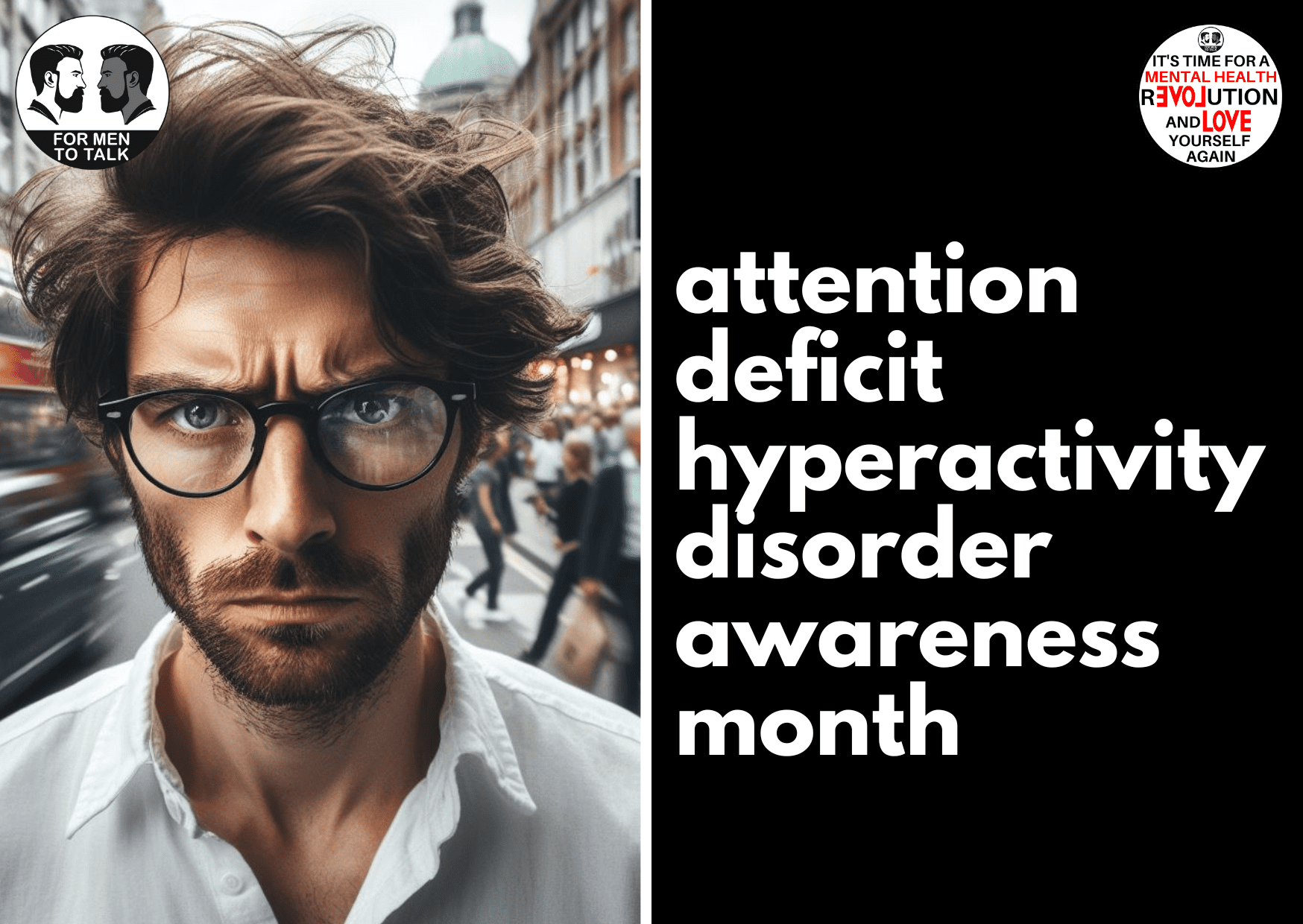Unmasking the gender gap: ADHD diagnosis disparities between men and women

Attention Deficit Hyperactivity Disorder (ADHD) is a neurodevelopmental disorder that has long been associated with the male population. However, recent studies and evolving perspectives shed light on a significant gender gap in ADHD diagnoses, with three men diagnosed for every woman. This alarming disparity raises crucial questions about the accuracy of our understanding and identification of ADHD in women. In this blog, we delve into the factors contributing to this gender gap and explore the complexities surrounding ADHD diagnoses in women.
The Numbers Speak: 3:1 Ratio
The stark reality is that a 3:1 ratio exists in the diagnosis of ADHD between men and women. For every three men diagnosed with ADHD, only one woman receives the same diagnosis. This gender skew has been a consistent finding across various studies, prompting researchers to investigate the underlying reasons for this notable discrepancy.
The Masking Effect: Women and ADHD
One key factor contributing to the gender gap in ADHD diagnoses is the so-called “masking effect” observed in women. Unlike their male counterparts, women with ADHD often exhibit better coping mechanisms and social adaptability, masking the typical symptoms associated with the disorder. This ability to mask symptoms can lead to underdiagnosis or misdiagnosis, as women may not fit the stereotypical image of ADHD.
Late Bloomers: Women Diagnosed in Adolescence and Adulthood
Another intriguing aspect of ADHD in women is the tendency for diagnoses to occur later in life, often during adolescence or adulthood. Unlike boys who may display hyperactive behaviour from a young age, girls with ADHD tend to internalise their struggles, making their symptoms less conspicuous. As societal expectations and academic pressures intensify during adolescence and adulthood, the challenges associated with ADHD become more apparent, prompting diagnoses at later stages.
Missed and Misdiagnosed: The Consequences for Women
Women are not only diagnosed later in life, but they also experience higher rates of missed and misdiagnosis. The lack of awareness and understanding surrounding ADHD in women contributes to this problem. Healthcare professionals may attribute symptoms to other issues, such as anxiety or mood disorders, leading to a delay in appropriate intervention and support.
Research Bias: Focusing on Males
Historically, research on ADHD has predominantly focused on males, contributing to the perpetuation of stereotypes and hindering our understanding of how the disorder manifests in females. By primarily studying male subjects, the scientific community has inadvertently reinforced the notion that ADHD is predominantly a male-oriented condition, overlooking the unique challenges faced by women with ADHD.
Hormonal Changes: Uncharted Territory
Women undergo various hormonal changes throughout their lives, from puberty to pregnancy and menopause. These hormonal fluctuations can impact the manifestation of ADHD symptoms. Research exploring the interplay between hormones and ADHD in women is still in its infancy, highlighting the need for a more comprehensive understanding of the complex relationship between hormonal changes and neurodevelopmental disorders.
Conclusion
The gender gap in ADHD diagnoses is a multifaceted issue that extends beyond simple numerical ratios. Women with ADHD face unique challenges, including the ability to mask symptoms, late diagnoses, and a higher likelihood of missed or misdiagnosis. Addressing these disparities requires a shift in societal perceptions, increased awareness among healthcare professionals, and more inclusive research that considers the diverse ways ADHD manifests in both men and women. Only by acknowledging and understanding these complexities can we hope to bridge the gender gap in ADHD diagnoses and provide better support for individuals, regardless of gender, living with this neurodevelopmental disorder.